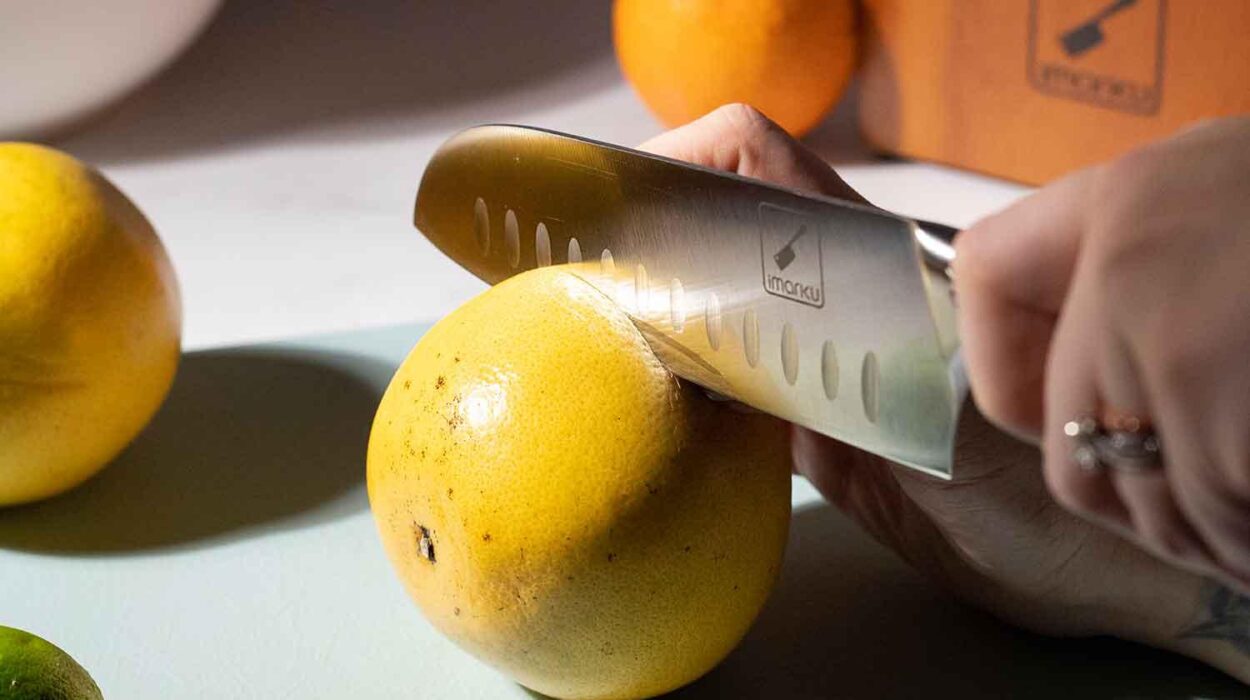Accidents happen even to the most experienced chefs. Whether youre a professional in a high-end kitchen or someone slicing vegetables at home, knowing how to heal a knife cut quickly and safely can make a tremendous difference. This article provides detailed insights and tips to help you care for a knife wound while keeping infections and complications at bay.
Its here everything you need to know about taking care of knife injuries. From immediate first aid to long-term healing, these approved methods are practical, efficient, and cater to everyone. Lets dive into this vital topic step by step.

Immediate First Aid for Knife Cuts
The moment you experience a knife cut, its crucial to take immediate action. Acting quickly can prevent further bleeding and reduce the risk of infection.
Step 1: Stop the Bleeding
Press a clean cloth or gauze directly onto the wound. Elevate the injured area if possible, as this reduces blood flow and promotes clotting.
Step 2: Clean the Wound
Rinse the cut under cool running water to wash away debris and bacteria. Use a gentle, antiseptic soap to clean around the edges.
Step 3: Apply an Antiseptic
Disinfect the wound with an antiseptic solution to kill any lingering germs. Products like hydrogen peroxide or rubbing alcohol are great options for wound cleaning.
When to Seek Medical Attention
While minor cuts can heal with basic care, some injuries need professional assistance. Heres when to call a doctor:
- The cut is deep or gaping and may need stitches.
- Theres uncontrollable bleeding after applying pressure for ten minutes.
- Signs of infection, like redness, swelling, or pus, arise.
Home Remedies to Accelerate Healing
After addressing the immediate concerns, follow these tips to promote healing at home:
Keep the Bandage Fresh
Change the dressing daily or whenever it becomes wet or dirty. A clean bandage aids healing and prevents infections.
Use Natural Antiseptics
Products like honey and aloe vera have antibacterial and soothing properties. Apply them gently for additional healing.
Maintain A Balanced Diet
Eating foods high in protein, vitamin C, and zinc supports skin recovery. Include options like poultry, oranges, and pumpkin seeds in your meals.
Avoid Wetting the Cut
Keep the injured area dry for a few days to assist scabbing and healing. If you must wet it, ensure proper drying afterward.
Preventing Knife Cuts in the Future
Prevention is always better than cure. Follow these best practices to avoid knife injuries:
Use the Right Knife
Always ensure your knife is sharp enough for the task. Dull knives require more force, increasing the risk of slipping and causing injuries.
Practice Proper Techniques
Learn to handle knives properly. Check this detailed guide on knife and fork cutting for terrific tips.
Protect Your Fingers
Maintain a claw grip when slicing foods. For instance, learn how to apply this tip when cutting veggies by visiting this resource.
FAQs About Knife Cuts
1. Can small knife cuts get infected?
Yes, even minor cuts can become infected if not cleaned and treated properly. Always disinfect and cover the wound.
2. How long does it take for a knife cut to heal?
Most minor cuts heal within 710 days. Deeper cuts requiring stitches may take weeks.
3. Is Vaseline good for knife cuts?
Yes, applying petroleum jelly helps keep the wound moist, preventing scabs that slow healing. However, keep the area clean to avoid trapping bacteria.

Additional Learning Resources
If you want to improve safety while using different knives, explore this article.
For safer fruit-handling techniques, visit this external link.
Knife safety is of tremendous importance, whether youre in a professional kitchen or cooking at home. Follow these steps, and youll heal faster while ensuring future kitchen experiences remain injury-free!
This article contains affiliate links. We may earn a commission at no extra cost to you.


